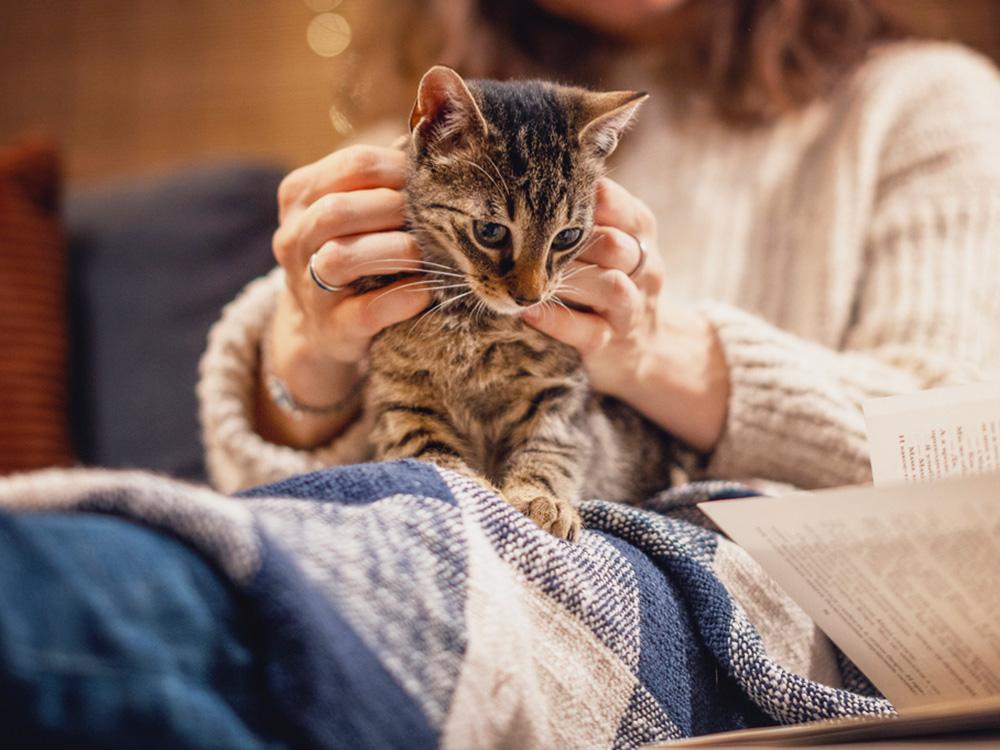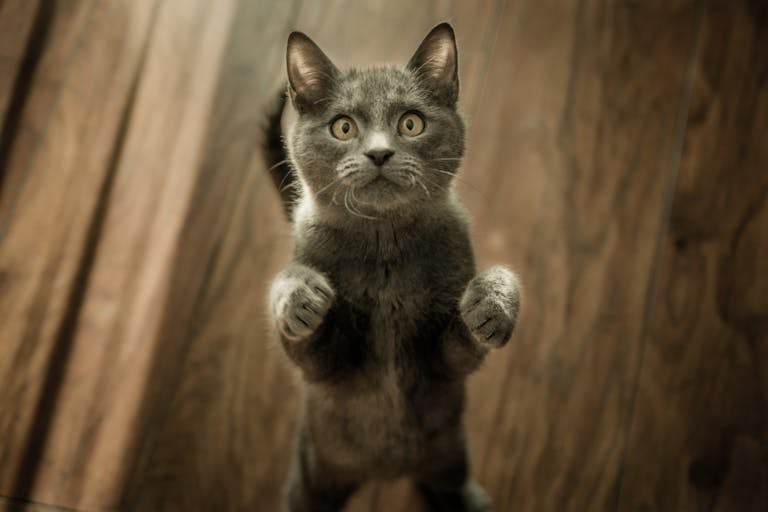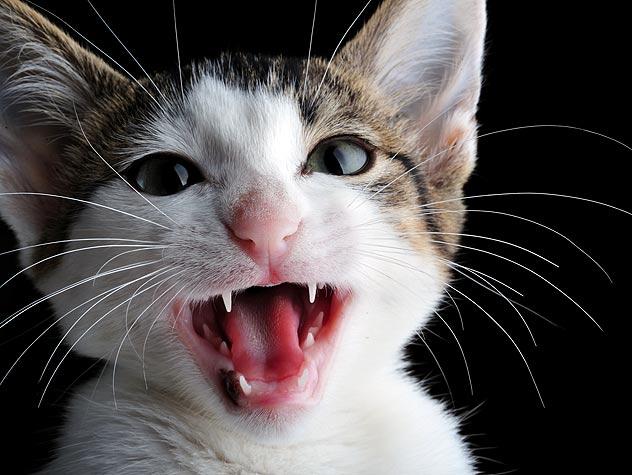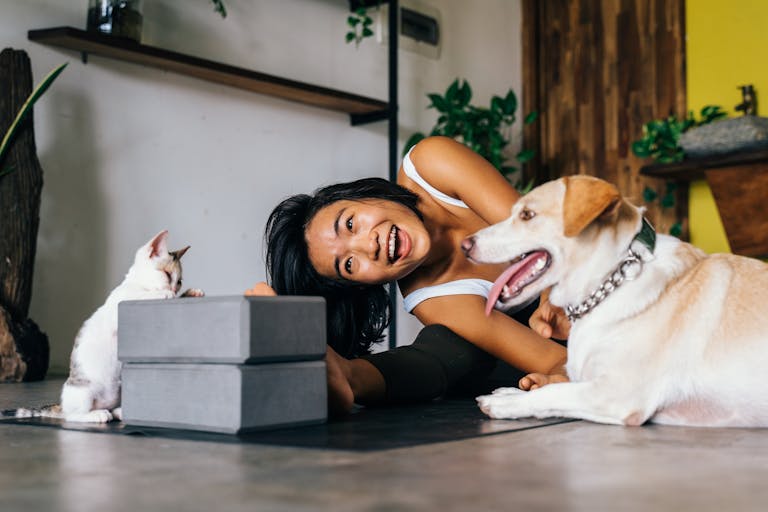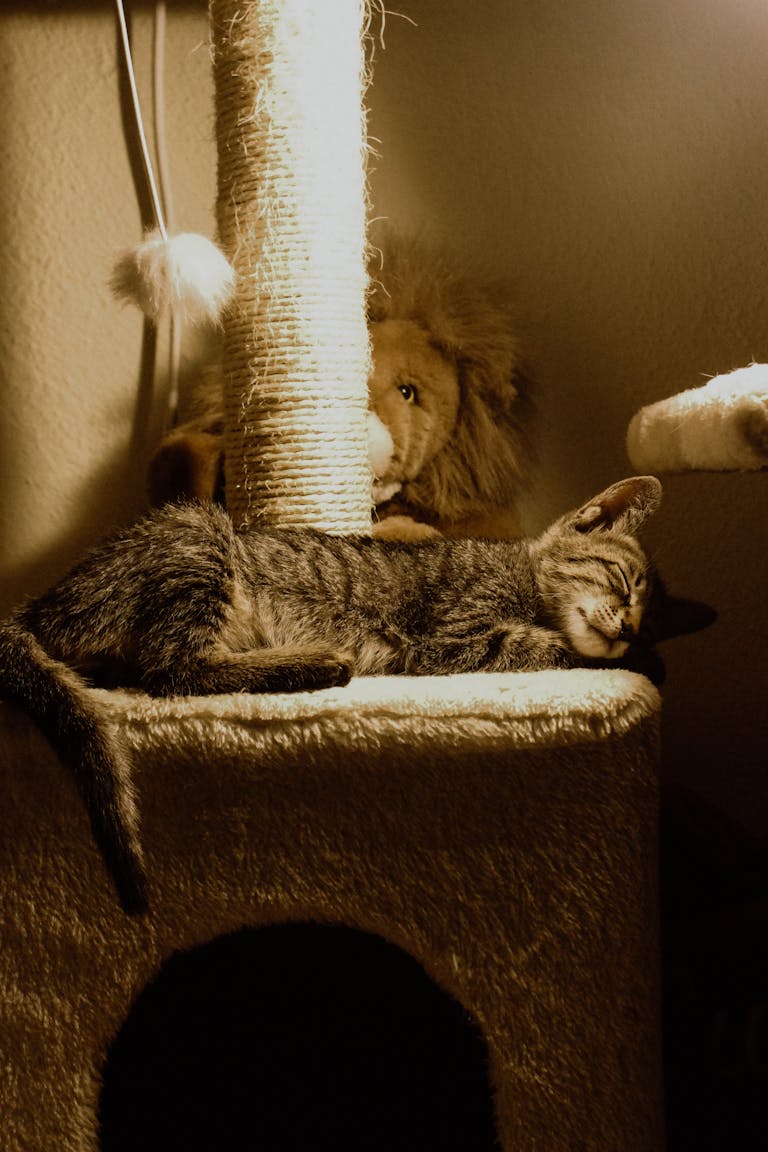Why Does My Cat Knead Me? The Science Behind It
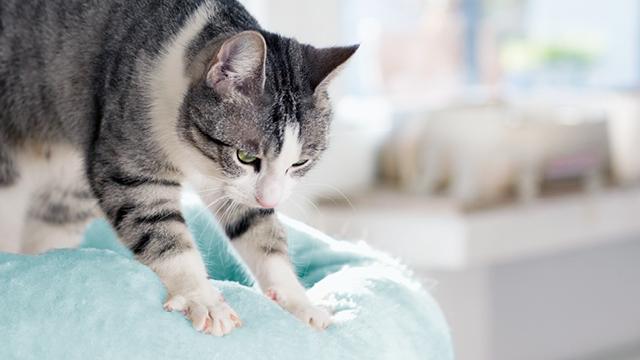
14. Why Does My Cat Knead Me? The Science Behind It
If you’re a cat lover, you’ve probably felt those tiny paws pressing rhythmically into your lap or stomach. That adorable, somewhat mysterious behavior is called kneading — and it’s one of the quirkiest ways cats show affection and communicate. But why does your fluffball do it? Is it just a cute habit, or something deeper? Let’s dive into the science behind why cats knead us and what it really means when your feline friend starts their pawwork on you.
More Than Cute: What Makes Kneading So Special?
Kneading isn’t just some random cat quirk; it actually goes way back to kittenhood, and it has important biological and emotional reasons behind it. When cats knead, they’re tapping into instinctual behaviors that connect them to their past, their comfort zones, and their feelings for you.
From Kitten to Cat: A Lifelong Habit
One of the main reasons cats knead is because it reminds them of nursing from their mother. When a kitten nurses, they push rhythmically against her belly, which helps stimulate the flow of milk. That kneading action feels comforting and soothing — so much so that many cats carry it into adulthood as a way to self-soothe or bond.
Marking Territory with a Personal Touch
Cats have scent glands in their paws, so when they knead you, they’re actually marking you with their scent. It’s like a secret signature saying, “You belong to me.” This is a way of both claiming you and showing affection, which might feel strange to human ears, but to a cat, it’s the highest compliment!
Kneading as a Sign of Contentment and Trust
Most cats knead when they feel relaxed, happy, and safe. If your cat starts kneading while purring or settling down on your lap, no doubt it means they trust you deeply and feel totally at ease around you.
How to Respond When Your Cat Starts Kneading You
So you’ve got this fuzzy little masseuse at work — what now? Here’s how you can enjoy and nurture this sweet interaction without any surprises.
Let Them Knead Safely
If your cat’s claws are out while they knead, it can get a bit painful, especially on sensitive skin. That’s totally natural for cats, who don’t always realize their sharp nails are scratching you.
- Keep their claws trimmed to reduce discomfort. You can easily find nail trimmers designed just for cats.
- If the nails get too sharp between trims, a gentle scratch with an emery board can smooth them out.
Offer a Soft Surface
Many cats love kneading soft blankets, pillows, or their favorite stuffed toys. Encouraging your cat to knead these items rather than your bare skin can keep both of you comfortable.
Another tip is to place a cozy blanket on your lap during cuddle time — your cat will appreciate the soft texture, and your skin will thank you for it.
Enjoy the Moment and Return the Love
Kneading is your cat’s way of showing love, so responding with gentle petting, soft words, or a cozy lap makes the moment even more meaningful. Don’t rush them; this is relaxation time for both of you!
Mistakes to Dodge: What Not to Do When Your Cat Kneads
Though kneading is adorable, there are some common mistakes that can lead to discomfort or stress — for both you and your kitty.
- Don’t stop your cat abruptly. Pulling away or shooing your cat when they knead can make them confused or upset. Instead, gently redirect if needed.
- Avoid punishing them for using claws — this is a natural behavior, not bad manners!
- Don’t encourage kneading on exposed skin if your cat’s nails aren’t trimmed. This usually leads to scratched arms and sore spots.
- Don’t stress if your cat occasionally drools or purrs during kneading. Some cats get so happy, they show extra affection physically — totally normal and sweet.
Fur-Friendly Tools: Help Your Cat Knead with Comfort
Want to make kneading time even better? Here are some products that can keep both you and your cat happy during the pawing party.
- Cat Kneading Mat: These mats are soft and textured for cats, giving them a dedicated spot to work their magic without scratching your skin.
- Soft fleece blankets or plush pillows create inviting spots where your cat can comfortably knead.
- Regular nail trimmers like the Easy-Grip Cat Nail Clippers keep claws neat and prevent accidental scratches.
Bonus Section: FAQs About Cat Kneading
Why does my cat sometimes drool while kneading?
Drooling during kneading is usually a sign your cat is very relaxed and content. It harks back to that nursing comfort from kittenhood and means they’re feeling safe and happy around you.
Is kneading a sign my cat wants to mate or have kittens?
Not really. Kneading is more about comfort and affection than reproduction. While some cats may knead more during heat cycles, the behavior itself mostly ties back to nurturing instincts.
Can adult cats lose the kneading habit?
Some do knead less as they get older, while others keep it as a lifelong habit. It depends on the cat’s personality and experiences — but most see it as a sweet, soothing ritual.
Wrapping It Up: Celebrating Your Cat’s Unique Way of Saying “I Love You”
If your cat kneads you, count yourself lucky — it’s one of the purest expressions of feline affection and comfort. Understanding the science behind kneading makes it even more magical: your kitty is connecting with you in a way as ancient as nursing, scent-marking, and feeling safe. The next time you feel that gentle pressing of paws, take a moment to soak it in and respond with some soft petting or a warm cuddle. In this mutual exchange, your bond grows even stronger — one knead at a time.
So, the next time your cat gets into their kneading groove, embrace it with open arms (and maybe gently trim those claws). It’s a little moment of joy, comfort, and love that only cat parents get to enjoy.

